(May 2022) A new qubit based on single electrons trapped on solid neon
The motion of a single electron trapped on solid neon forms the quantum states of a qubit. Read the article Nature (2022) or on the arXiv. You can read the press release: Neon ice shows promise as new qubit platform, Argonne National Lab's press release: "The quest for an ideal quantum bit", IEEE Spectrum's article "Frozen Neon Invention Jolts Quantum Computer Race"
.(September 2021) New electron beam writer is up and running!
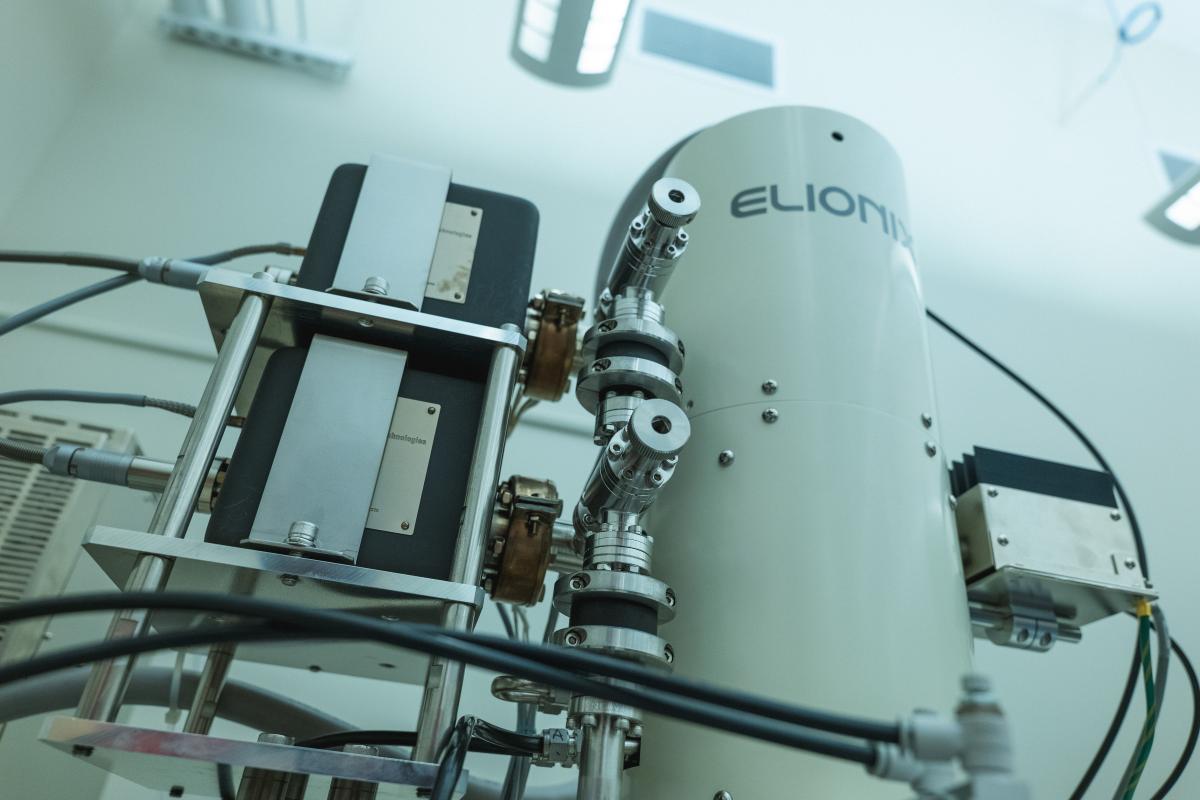
(April 2021) Jonathan Monroe completes his dissertation: Partial Measurements of Quantum Systems
(March 2021) Quantum measurements not only create, but also reduce, quantum uncertainty
Quantum physics differs from the classical physics of our everyday world thanks to the uncertainty principle. According to the uncertainty principle, a quantum particle can't have a well-defined position and a well-defined momentum simultaneously. Measuring the position disturbs the momentum; any later momentum measurement outputs a completely random, or uncertain, number. But quantum measurements can not only create uncertainty, but also reduce it, this paper shows: Light was used to measure an artificial atom in an experiment. The atom had properties analogous to position and momentum. If the atom started with a well-defined "position" and the "momentum" was measured, the outcome was highly random: The total uncertainty about the two measurements was high. But if the atom started with a well-defined "position," and another property was measured before the "momentum," the total uncertainty was lower. The extra measurement was designed not to disturb the atom much. But the nudge prodded the atom enough, rendering the later "momentum" measurement more predictable. So not only can quantum measurements create uncertainty, but gentle quantum measurements can also reduce it.
Check out the Blog Post from co-author Nicole Yunger Halpern. The paper was recently published: Physical Review Letters 126, 100403 (2021)
(May 2020) Patrick Harrington completes his dissertation: Measurement, Dissipation, and Quantum Control with Superconducting Circuits
(October 2019) Measuring an exceptional point from a single dissipative qubit
What if energy could be the square root of a negative number? We've done an experiment to characterize a quantum system that has complex numbers for energy levels. Find the article from Nature Physics (2019) or on the arXiv. You can read the press release: Complex energies, quantum symmetries
.(July 2019) The arrow of time in quantum measurement
Do quantum movies look funny when you play them backwards? Turns out they do... at least most of the time. We characterize how entropy is produced by the process of quantum measurement alone. Phyiscal Review Letters or on the arXiv. You can read the press release: Characterizing the "arrow of time" in open quantum systems
(May 2019) Our latest experiment using a photonic crystal to stabilize an open quantum system is published in Phys. Rev. A, also find it on the arXiv.
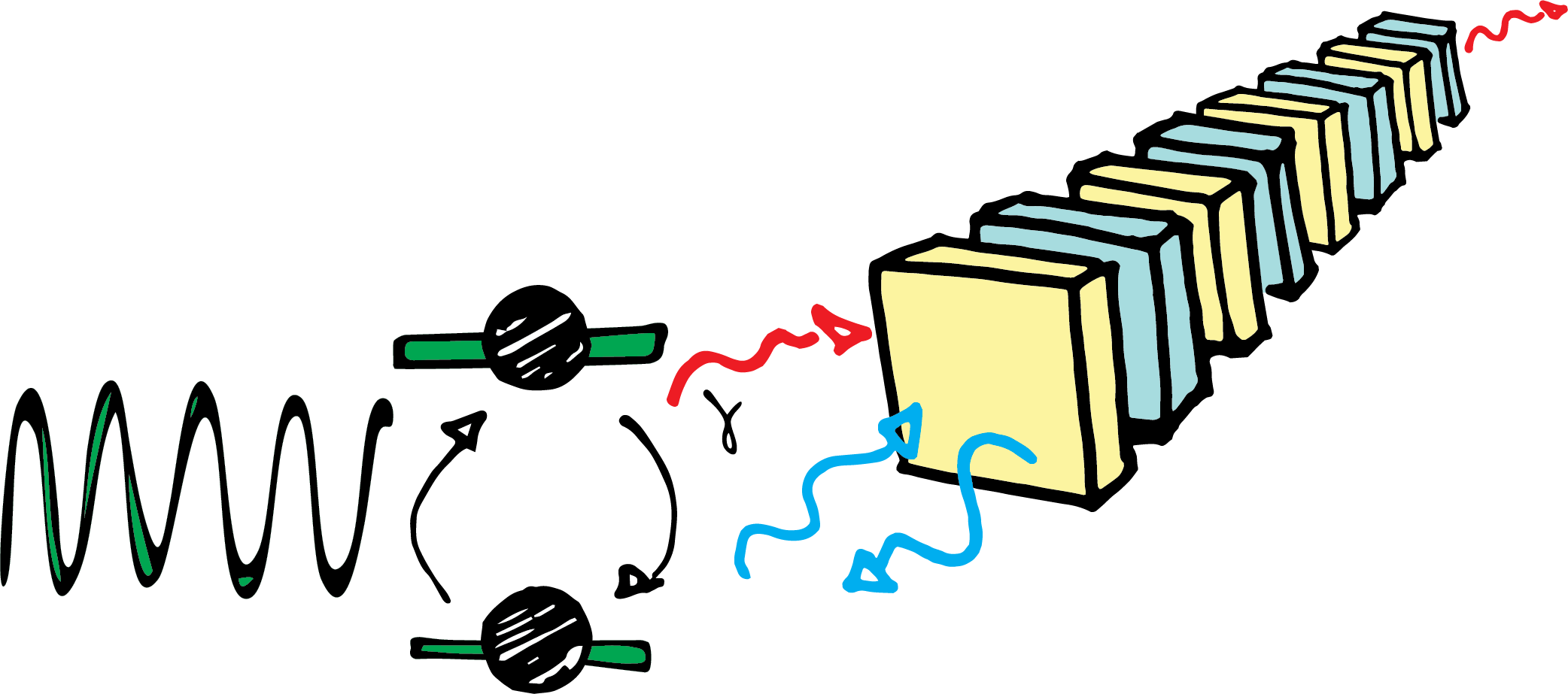
(May 2019) Mahdi Naghiloo has earned his PhD!
You can find his dissertation on the arXiv for a pedagogical overview of quantum measurement with superconducting circuits.
(July 2018) Quantum Thermodynamics: A Quantum Maxwell's Demon
What happens when Maxwell's demon tries to sort molecules that are in a superposition of hot and slow at the same time? Read it in Phyiscal Review Letters or on the arXiv. You can read the press release: Demon in the details of quantum thermodynamics
(Feburary 2018) Kater is named one of the 2018 Cottrell Scholars by the Research Corporation for Scientific Advancement.

(Feburary 2018) CAREER: Heat, Work and Information in Quantum Circuits. Kater is awarded an NSF CAREER grant to explore quantum thermodynamics with superconducting qubits.
(November 2017) Quantum Metrology: Achieving optimal frequency sensitivity with a superconducting qubit through coherent control.
We experimentally demonstrate frequency sensitivity that scales as 1/T^2 using optimal control over a superconducting qubit. Read it in Phyiscal Review Letters or on the arXiv. You can read the press release: A bit of a 'quantum magic trick',
(June 2017) Quantum Zeno effects: How repeated measurement can either accelerate or slow the decay process.
Recent article by P. M. Harrington et al. is published in Phyiscal Review Letters and on the arXiv. You can read the press release: Shaking Schrodinger's Cat, or other media coverage: in The Week.
(April 2016) Mapping Quantum Trajectories in Spontaneous Emission:Recent article by M. Naghiloo et al. is published in Nature Communications and on the arXiv.
(March 2016) State-signal Correlations: Exploring time symmetry in quantum measurement.
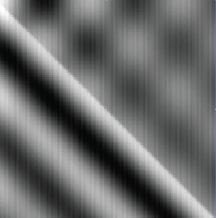
Recent Article by N. Foroozani et al. is published in PRL. Physical Review Letters 116 (2016). arXiv.
(April 2015) Kater wins the Sloan Fellowship in Physics
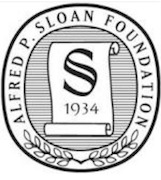
Read the Washington University Press Release.
(March 2015) The Past Quantum State: "Prediction and retrodiction for a continuously monitored superconducting qubit".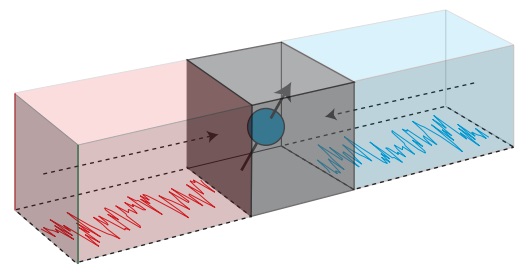
Recent Article by D. Tan et al. in Physical Review Letters.
How full measurement records reveal more information about the state of a quantum system than past alone. D. Tan et al, arxiv (2014)
Popular Coverage of the paper:
Washington University Record: "In the quantum world, the future affects the past" D. Lutz (Feb 2015)
Science News: "Quantum guessing game uses the future to predict the past", A. Grant, (Feb 2015)
International Business Times: "Time runs bizarre in quantum world where past is changed by the future", Jayalakshmi K, (Feb 2015)
Daily Mail: "Can the past be changed by the FUTURE?", E. Zolfagharifard, (Feb 2015)
(July 2014) Nature Cover: "The Road Most Taken"
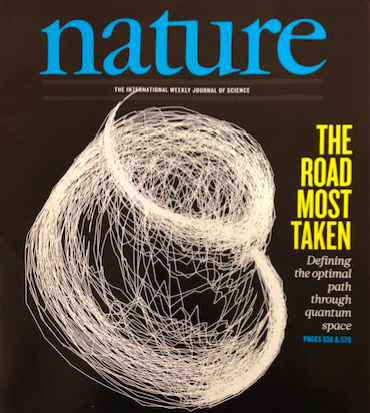
"Mapping the optimal route between two quantum states" by S. J. Weber, A. Chantasri, J. Dressel, A. N. Jordan, K. W. Murch, and I. Siddiqi.
Read it on arxiv or in Nature.
Some press releases related to the paper:
Washington University in St. Louis: Finding Quantum Lines of Desire
UC Berkeley: Watching Schrodinger's Cat Die
University of Rochester: Mapping the Optimal Route between Two Quantum States
Nature: News & Views by Adrian Lupascu Quantum physics: The path most travelled
Huffington post: Robert Sanders
Live Science: Quantum Particles Take the Road Most Traveled
Read the News and Views by Andrew Jordan, or the article on arstechnica.com. Or just read the Paper.
